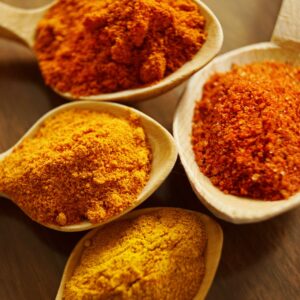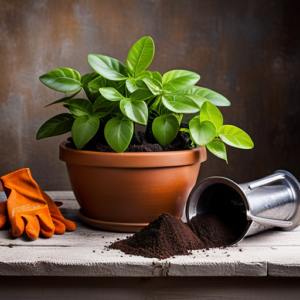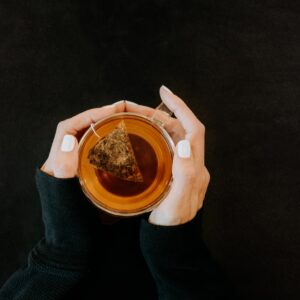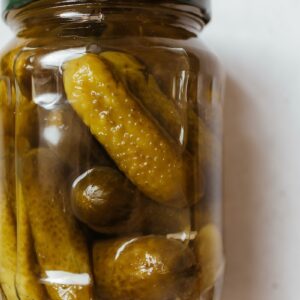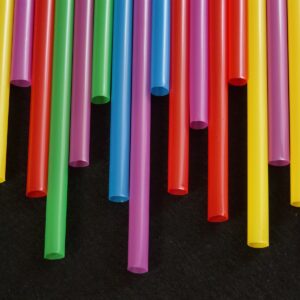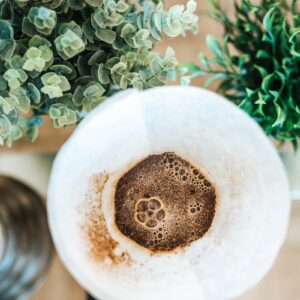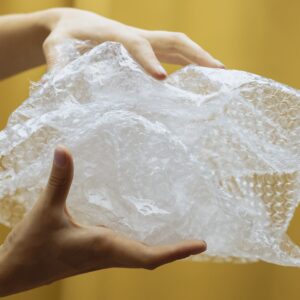Yes, you can reuse potting soil from last year if it was healthy and free of pests and diseases. However, it’s important to remove any debris and roots from the old soil before reusing it. If you noticed any pests or diseases on your plants, it’s best to sterilize the soil to avoid infecting next year’s plants. To improve the porosity and fertility of the soil, you can add organic matter or compost. Potting soil can last up to two years, but it’s best to keep it as fresh as possible by storing it in a cool, dry place.
Table of Contents
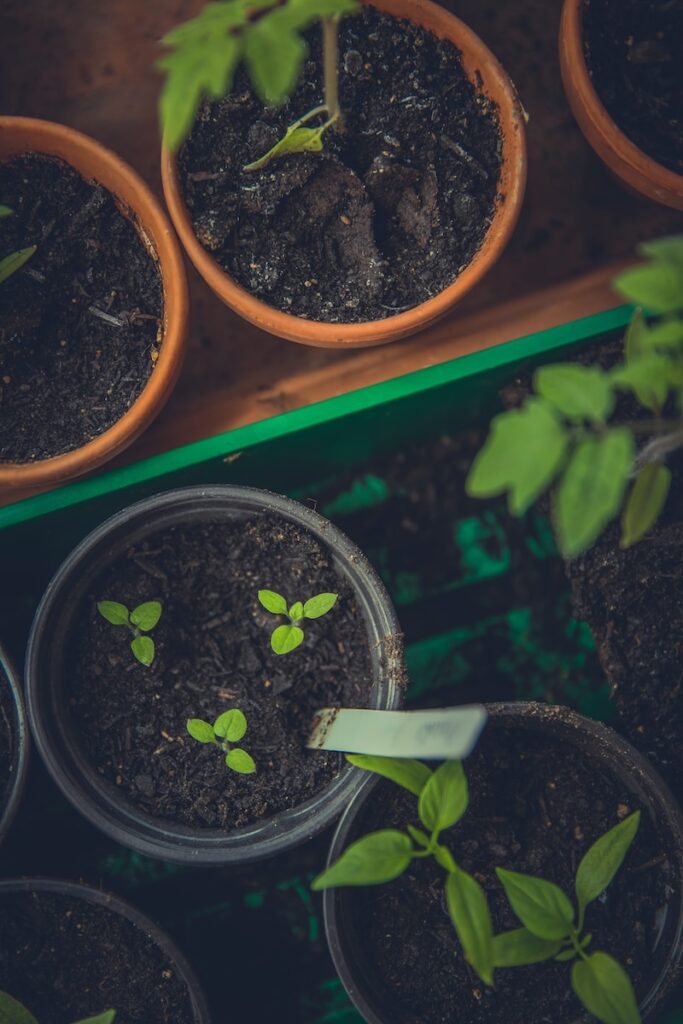
Factors to Consider
- Type of plants: If you’re planting the same type of plants, you can reuse the soil, but if you’re planting different plants, it’s best to start with new potting soil.
- Soil condition: If the soil was healthy and free of pests and diseases, it’s safe to reuse. However, if you noticed any issues with your plants, such as pests or diseases, it’s best to discard the soil to avoid infecting next year’s plants.
- Debris and roots: Before reusing the soil, remove any debris and roots from the old soil. This will improve the soil’s porosity and allow the roots of your plants to grow better.
Do’s & Don’ts
Do’s:
- Sterilize the soil: If you noticed any pests or diseases on your plants, it’s best to sterilize potting soil to avoid infecting next year’s plants. To sterilize the soil, bake it in the oven at 180-200°F for 30 minutes.
- Add organic matter or compost: To improve the fertility and porosity of the soil, you can add organic matter or compost before planting.
- Store it properly: Potting soil can last up to two years, but it’s best to keep it as fresh as possible by storing it in a cool, dry place.
- To rejuvenate the soil, you can mix in fresh perlite or vermiculite to improve aeration and drainage, and add some fresh peat moss or compost to boost the nutrient content.
Don’ts:
- Reuse soil that had pests or diseases last year without sterilizing it first.
- Reuse soil that has a lot of debris and roots without cleaning it first.
Steps
To reuse the potting soil, follow these simple steps:
- Inspect the soil to make sure it’s healthy and free of pests and diseases.
- Remove any debris and roots from the old soil.
- Sterilize the soil if there were any issues with pests or diseases.
- Add organic matter or compost to improve the soil’s porosity and fertility.
- Store the soil in a cool, dry place until it’s ready to be used.
In summary, you can reuse potting soil from last year if it was healthy, free of pests and diseases, and you follow the right steps. However, you need to ensure that the soil is still of good quality and has not become compacted, depleted of nutrients, or harbouring pests or diseases. Fresh soil is always a better option but reusing potting soil is an eco-friendly and cost-effective option.
FAQ’s
Can I reuse potting soil that was infected with fungal diseases?
It’s best to avoid reusing potting soil that was infected with fungal diseases, as soil-borne pathogens can still be present and active1. Reusing the soil may cause the disease to spread to the new plants. It’s best to dispose of the infected soil and start fresh with new soil. However, if the plants that grew in the soil before were healthy, it is generally okay to reuse the potting soil. It’s important to sterilize the old potting soil to rid the medium of soil-borne fungi which cause diseases and to kill any harbouring pests.
Can I reuse potting soil for vegetables?
Yes, you can reuse potting soil for vegetables if it was healthy and free of pests and diseases. However, it’s important to remove any debris and roots from the old soil before reusing it. If you noticed any pests or diseases on your plants, it’s best to sterilize the soil to avoid infecting next year’s plants. To improve the porosity and fertility of the soil, you can add organic matter or compost. Rejuvenating used potting soil by mixing it with new material and adding organic fertilizer can also be an option. It’s important to note that potting soil loses its air pockets and its ability to drain over time, so fresh potting soil may perform better.
Did you know?
Adding organic matter or compost to potting soil can help improve its structure, allowing it to hold onto more water while still draining well.
